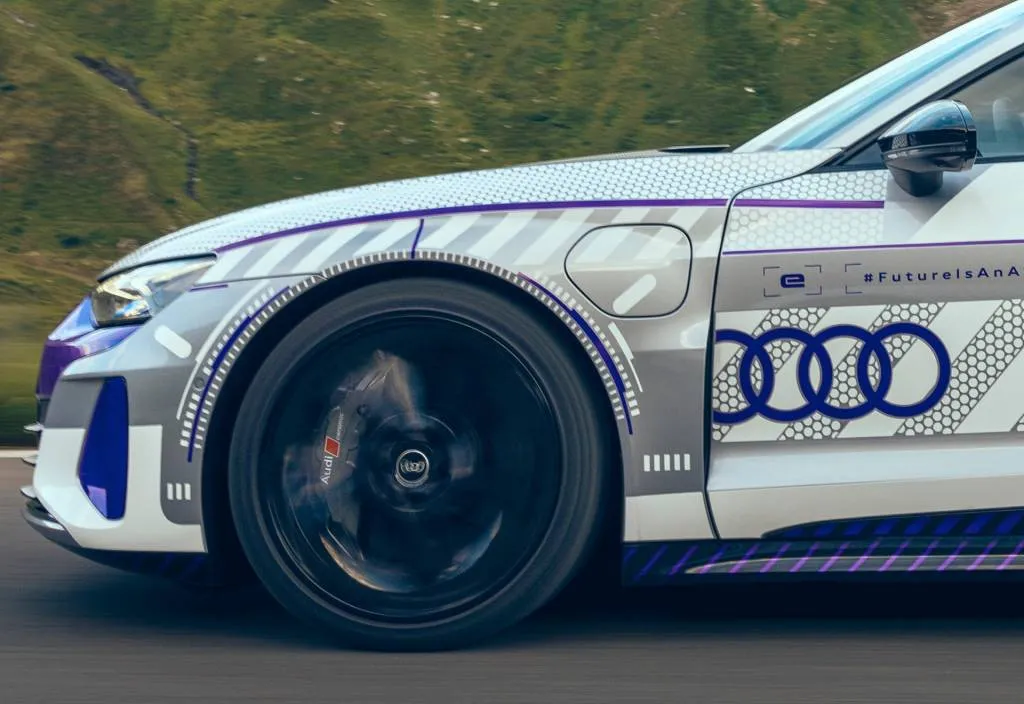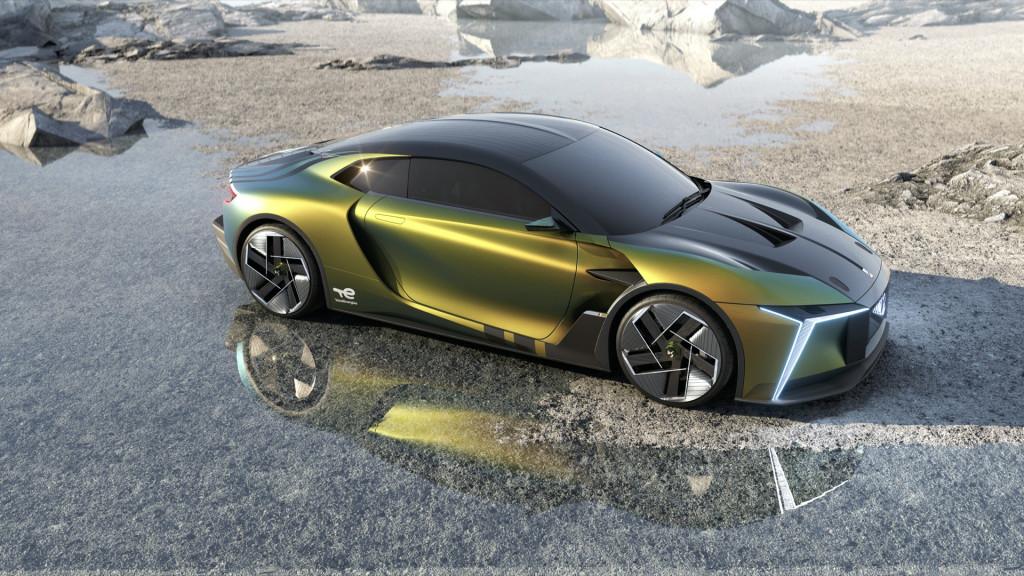Up to 80% of brake-dust particles have an electric charge, which could serve as a means of controlling brake dust and improving air quality, according to a new study from the University of California, Irvine (via Green Car Congress).
The study, which was funded by fees paid by Volkswagen as part of its 2016 diesel-emissions cheating settlement, looked at aerosol particles emitted from brake pads as they wear. Researchers used a large lathe to spin a brake rotor and caliper, and measured the charge of the particles emitted.

2024 Audi RS E-Tron GT Ice Race Edition
While the level of charge varied by brake pad material, the fact that most particles showed some charge makes them potentially easy to remove from the air, according to researchers. Particles could be collected by an electrostatic precipitator, a device that exposes the particles to an electric field and sweeps them away, researchers claim.
EVs do not produce tailpipe emissions, but as researchers note, emissions in the form of brake dust could become a larger share of urban air pollution as the EV fleet grows. A similar argument has been made about particulate emissions from tires. One study suggested that emissions from tires and brakes may be higher than that from tailpipes.

DS E Tense Performance prototype
These forms of emissions are also an environmental justice issue, UC Irvine researchers note, as lower-income communities tend to bear the brunt of heavy commercial traffic arteries.
EVs don't use their friction brakes as much as internal-combustion cars because of regenerative braking, but when they do, their higher weight could lead to more brake dust, which has pushed the European Union to regulate it. On the other hand, at least one engineering concept has suggested that EVs could make friction pads history—or at least the backup tech—sometime in the future.












